National child maltreatment and abuse prevention campaign
This was one of the most complex behavioral change communication campaign plans that I have ever designed. Also one of the most eye opening experiences, in regards to actually seeing evidence of how much the imposition of universal values and standards can negatively impact the indigenous social fabric and the confidence of a nation to rear its own children.
There were huge number of institutions involved in child abuse prevention, be it formal or informal, awareness or prevention, public or private. All were working with the best of intentions but very much in isolation from each other using preventive measures from their individual perspective of what they deem was the causes of child abuse. In affect they were doing more harm than good, by confusing the public, i.e. parents and children with different conflicting messages.
From the very outset it became clear we had to find a way to involve all these individual stakeholders with diverse perspective to work towards a common goal in a more coordinated and collaborative manner. Not only that but it was very important to enable the perspective they use to implement preventive measures, be based on evidence and research from the ground, i.e. the actual community they are imposing it on, rather than generalized research or other wholly foreign perspective. All this had to be done in a way that was sustainable, regionally specific as well as at a national scale.
The behavioral change communication strategy was to implement a communication infrastructure, whereby the community itself becomes the source of research or basis by which any preventive measures or actions from diverse perspectives could be communicated. The model also allows for Family and Child Serve Centers (FCSC), to have a more central role within the community, as a consolidator of the research, sourced from different institutions, as well as facilitator to coordinate and collaborate on preventive measures deemed required from the research findings.
There were three phases to the campaign which would allow this research based, behavioral change communication plan to be fully implemented and be sustained, and required the engagement of every ecological level of society as well as institution. The idea at the end is to acquire a society which is empathetic, to the diversity of perspective in regards to the causes and affects of its societal problems, as well as, ideas on how to provide a worthwhile solution to it.
Download the Communication Strategy extract
Client: UNICEF Maldives & Ministry of Gender, Family & Human Rights of Maldives.
Creative Agency: Mooinc. pvt. ltd.
Marketing Communication & Research Consultant: Ali Saeed
Project Manager & Research Assistant: Shahee Ilyas
Cover Illustration by : Naaisha Hanief
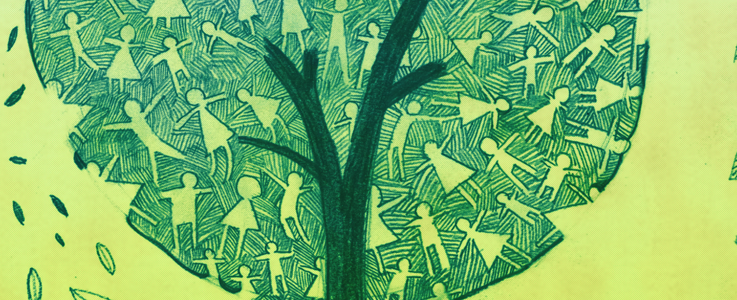
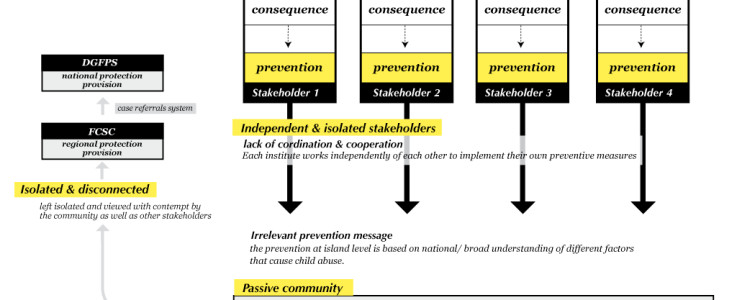
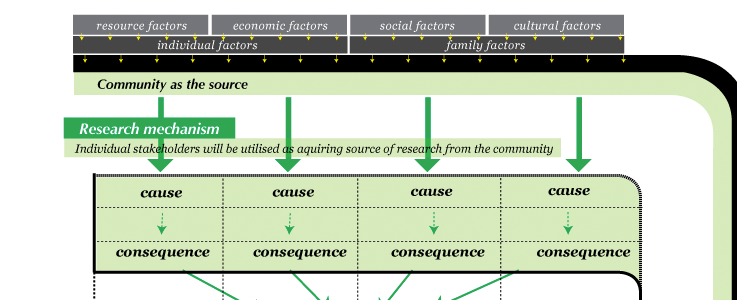

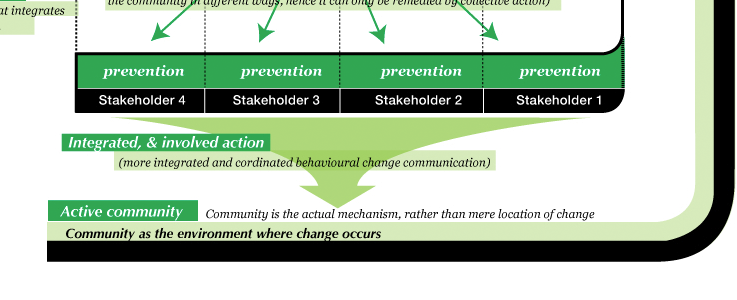

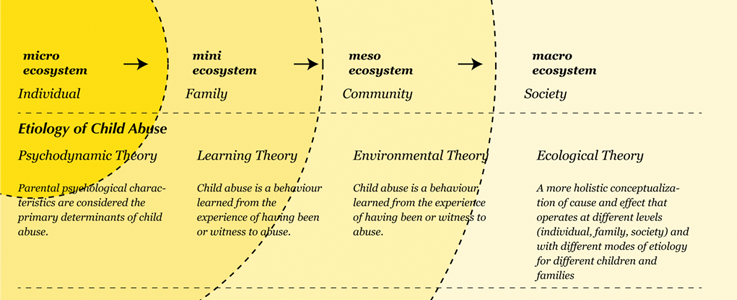
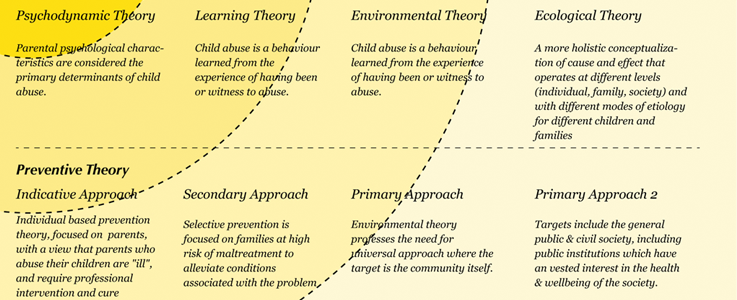
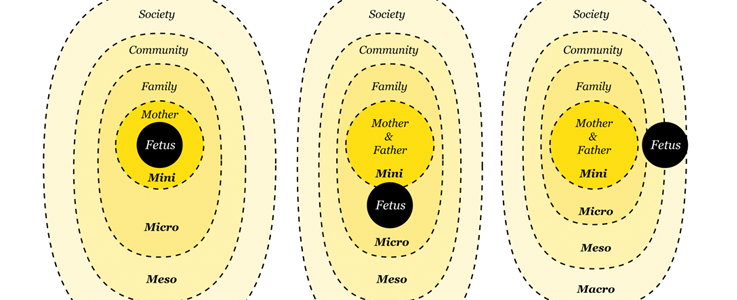
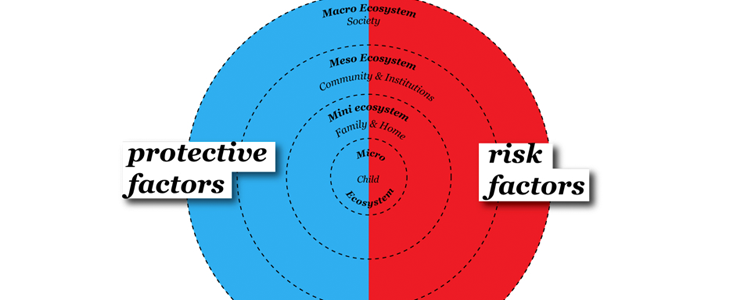
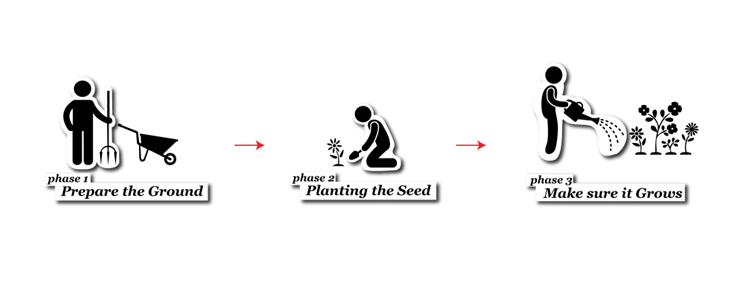
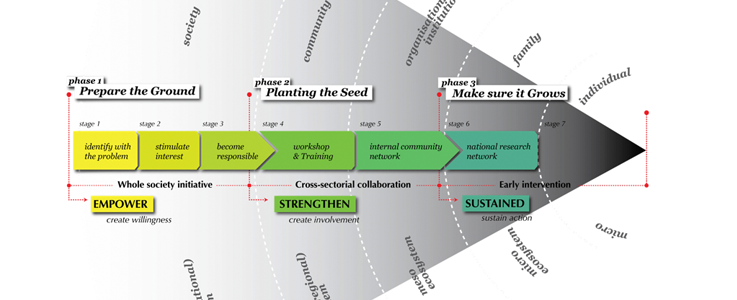
ey tell zubi https://www.facebook.com/ahan.molg/photos/a.1423239687995748.1073741828.1417860551866995/1439482799704770/?type=1&theater